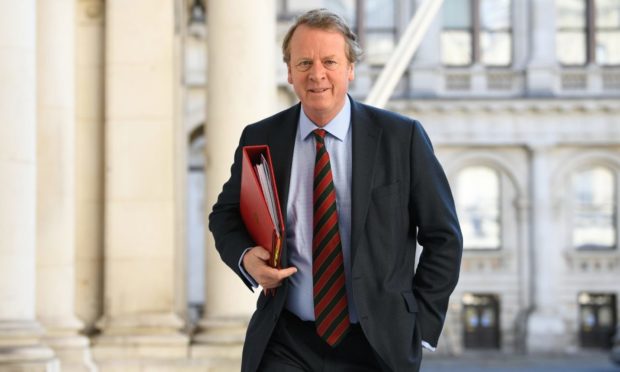The UK Government has confirmed it is taking Holyrood to the Supreme Court over a Bill that aimed to enshrine UN children’s rights in Scotland.
The constitutional row follows the unanimous passing of the UN Convention on the Rights of the Child (UNCRC) at the Scottish Parliament on March 16.
The convention makes it unlawful for public authorities to act against its requirements.
The UK Government has argued that parts of it would contravene the devolved settlement by constraining Westminster from passing some laws in Scotland.
However, First Minister Nicola Sturgeon branded the move “jaw dropping”, claiming it was “politically catastrophic, but also morally repugnant”.
Jaw-dropping. The UK Tory government is going to Court to challenge a law passed by @scotparl unanimously. And for what? To protect their ability to legislate/act in ways that breach children’s rights in Scotland. Politically catastrophic, but also morally repugnant. https://t.co/4IfUV89hdl
— Nicola Sturgeon (@NicolaSturgeon) April 12, 2021
Westminster raised similar concerns about the European Charter of Local Self-Government (Incorporation) (Scotland) Bill, which was put forward by independent MSP Andy Wightman and also passed unanimously.
It is understood the UK Government suggested amendments to the UNCRC Bill but they were rejected.
‘Menacing’ letters
Scottish Secretary Alister Jack previously told Deputy First Minister John Swinney that he would use the four-week period, from the passage of the Bill in Holyrood until it received royal assent, to decide whether it should be blocked or referred to the Supreme Court.
It has now been confirmed that the matter will be sent to the UK’s highest court for a ruling.
A UK Government spokeswoman said: “UK Government law officers have today referred two bills from the Scottish Parliament to the Supreme Court under Section 33 of the Scotland Act 1998.
“The UK Government law officers’ concerns are not about the substance of the legislation, rather whether parts are outwith the legislative competence of the Scottish Parliament.”
Mr Swinney previously accused Mr Jack of writing “menacing” letters and claimed Holyrood’s powers were under “sustained assault”.
